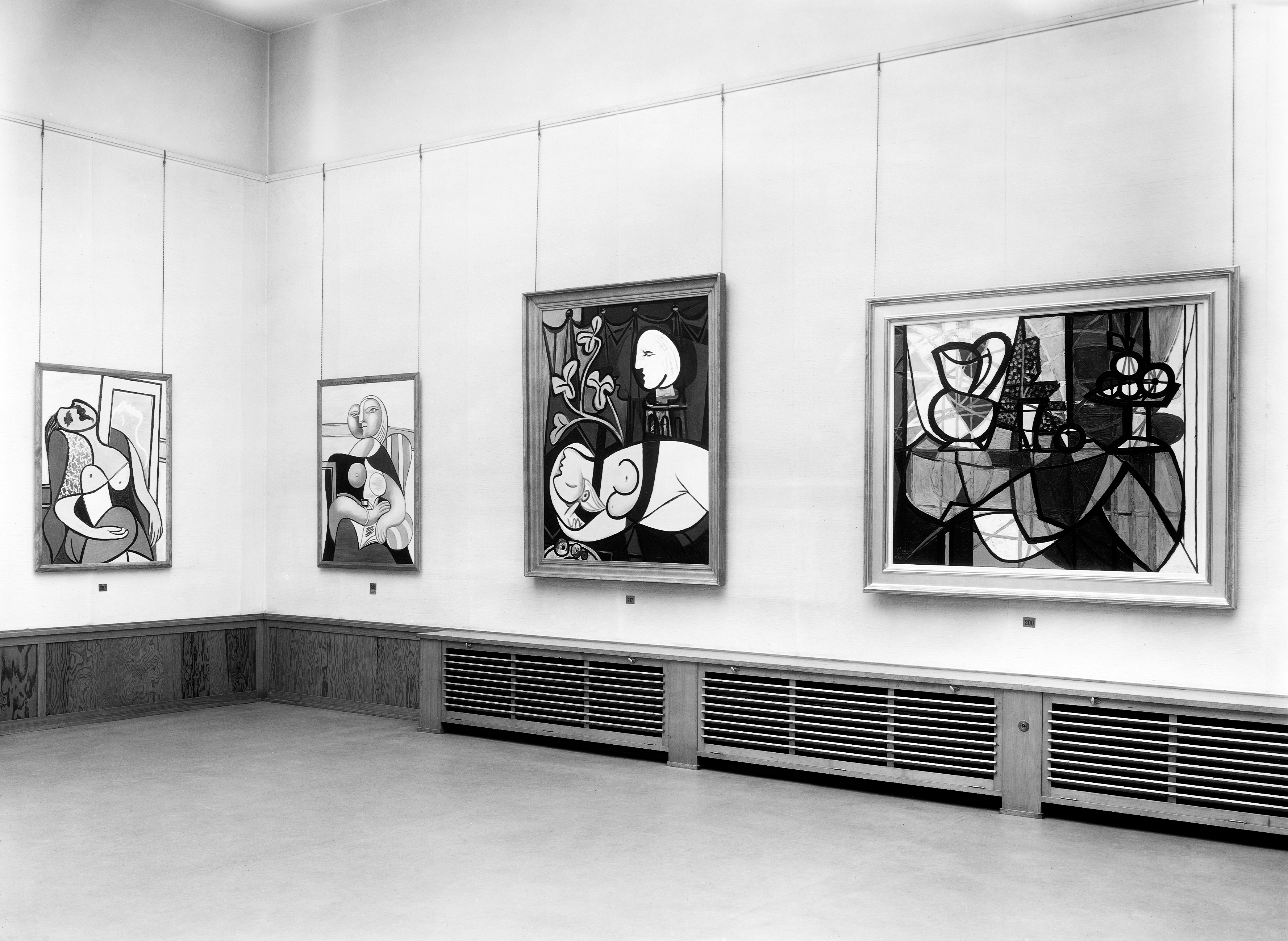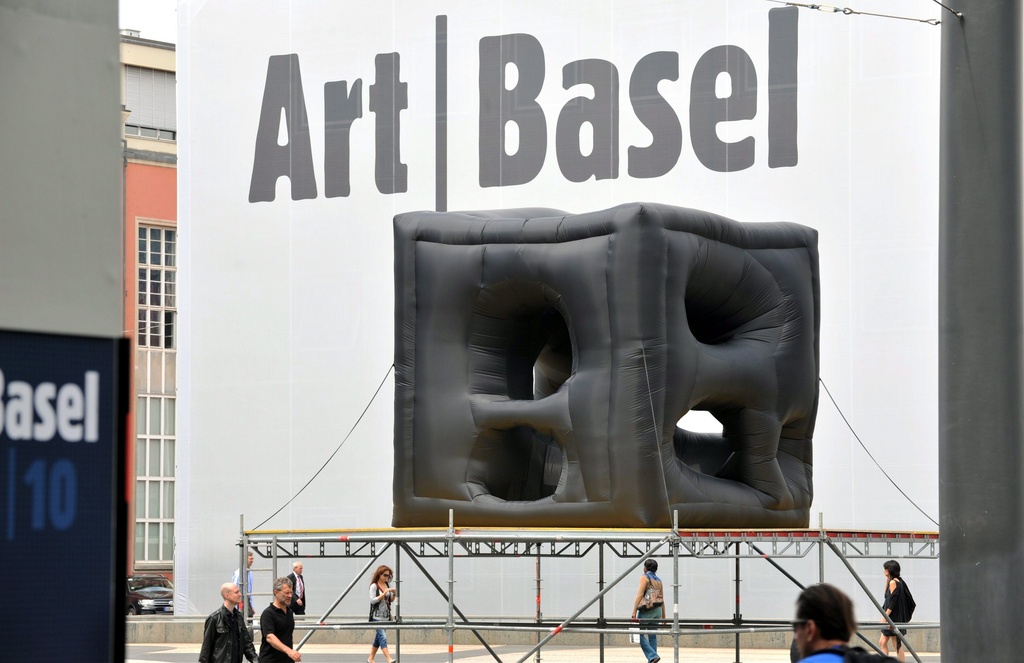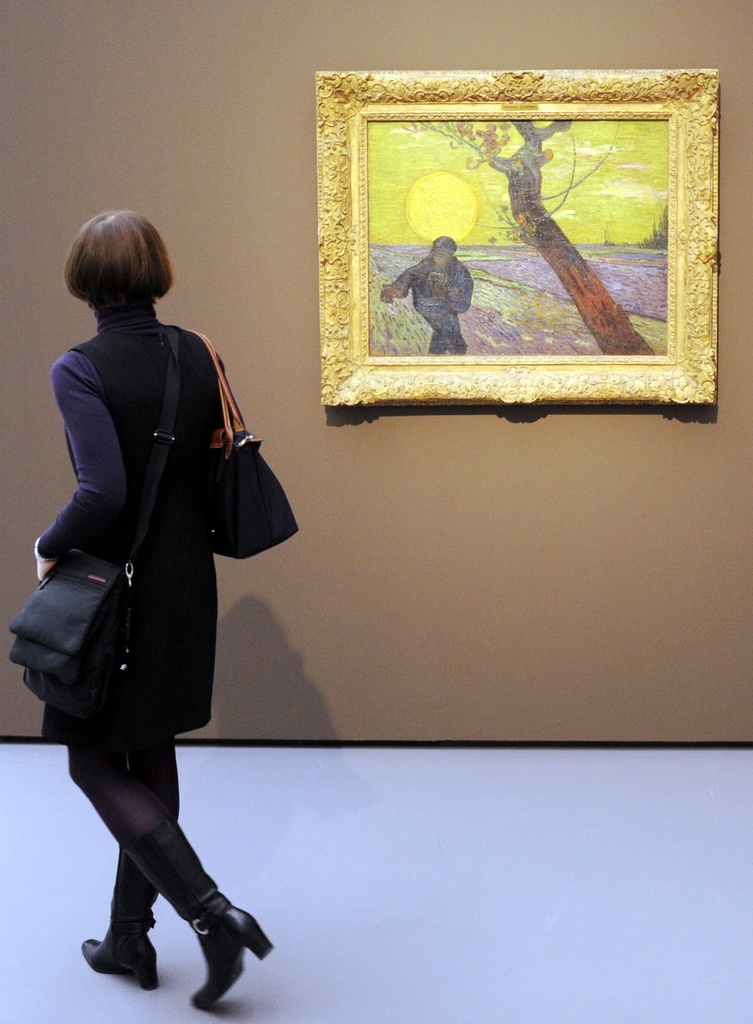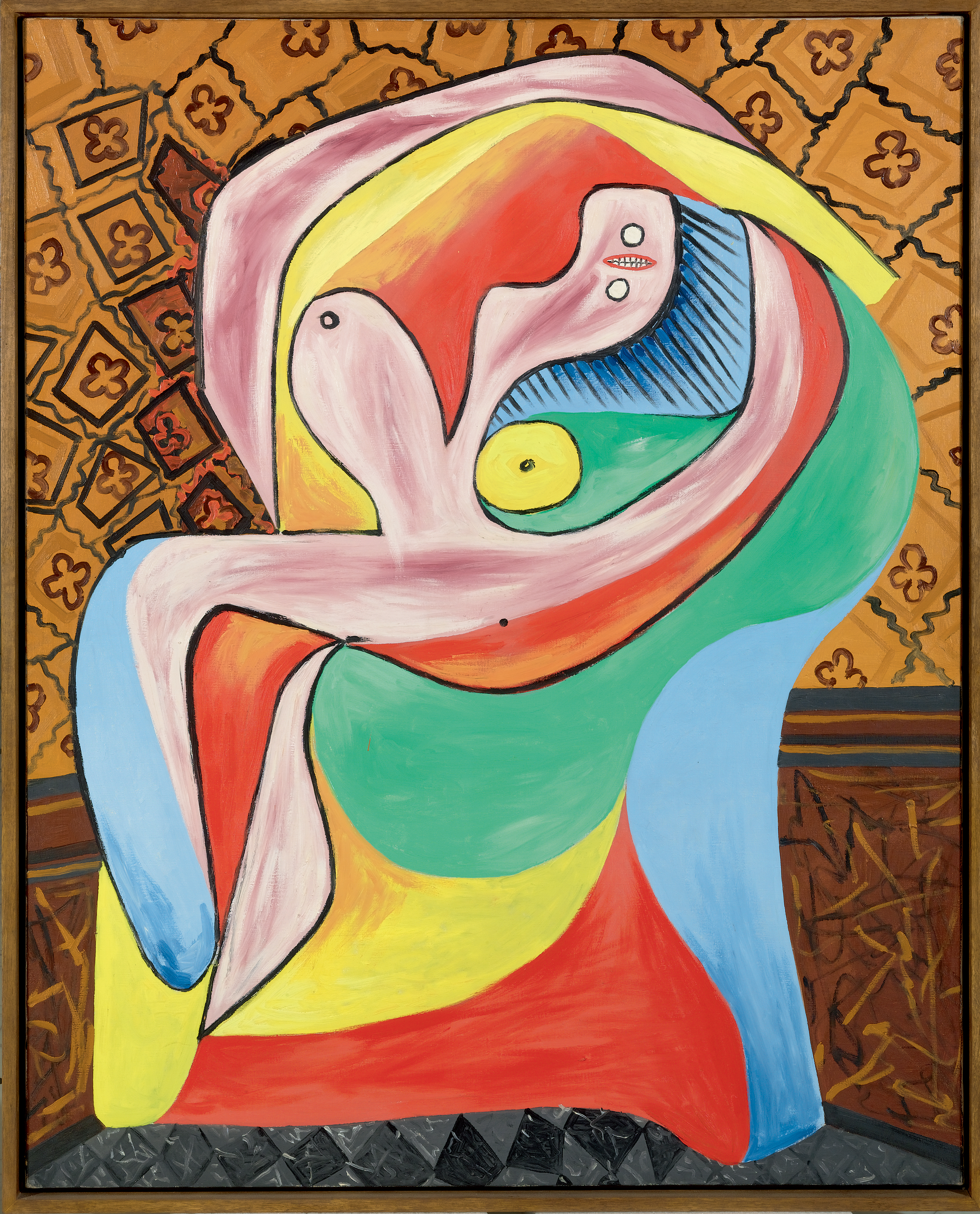Picasso’s 1932 show comes back to Zurich

The Kunsthaus Zurich modern art museum, scene of Pablo Picasso’s very first retrospective in 1932, is preparing for a new show of works by the great Spanish artist.
Starting on October 15, Picasso is a major exhibition for the museum, which is in its centenary year. Curator Tobia Bezzola says it is time for the master to be honoured with a more complete show.
“The revolutionary thing about the 1932 exhibition was that it took place at all,” Bezzola told swissinfo.ch.
“The current situation where museums everywhere are showing modern art has only come about in the past 25 years.”
There were only a few institutions in Germany, Switzerland, the Netherlands and the United States that were showing modern art before the Second World War.
“You could see the Old Masters such as Delacroix, Courbet, Rubens and Velasquez,” explained Bezzola.
The fact that Picasso’s works were exhibited in a museum rather than a gallery was therefore highly unusual. The Spaniard was already famous in 1932. “He was the most expensive and well-known artist of that time,” said the curator.
Picasso was already 50 years old when the Zurich retrospective took place and, in what was another unusual step, he curated it himself.
“It was really Picasso’s own look back at what was then 30 years’ work,” said Bezzola. “Before that there had only been a few exhibitions, with perhaps 20 pictures. Showing his whole oeuvre was unique.”
In all, 225 pictures were on display, with around a third coming from Picasso’s own collection. There were 30 up for sale – one of which was bought by the Kunsthaus.
100 years Kunsthaus
To celebrate its centenary year, the Zurich Kunsthaus has decided to reconstruct the 1932 show, with around 70 of the exhibition’s original paintings.
“There hasn’t been a Picasso retrospective for years. The last real one took place in around 1980,” Bezzola said.
“It’s just been fragments of his work, an aspect here, an aspect there, but there hasn’t been a complete works exhibition for a long time.”
This has, of course, to do with the high insurance costs of such a show. Most institutions are simply not able to afford it.
“The fact that we were able to reconstruct the historic exhibition of 1932 in a scholarly way helped us convince private and institutional lenders to allow us to show their pictures,” said Bezzola.
Bezzola and his team needed around five years to identify all the works shown in 1932. This was because the original catalogue contained no illustrations, only titles and numbers.
The curator is looking forward to the exhibition and is excited to see how the public will react to this large retrospective which highlights Picasso’s diversity and capacity for artistic development.
“Wild and colourful development”
Bezzola says that Picasso is particularly beguiling because he constantly underwent change and it has been showing this “wild and colourful development” which has particularly piqued the curator’s interest.
Picasso’s later works are not represented in the exhibition. “The main developments of his oeuvre had already happened by 1932. It is accepted that this part of his work up to 1932 is the more important one,” Bezzola said.
The artist later became known as a pacifist through his dove of peace image and, even more so, through his monumental Guernica painting. But this element does not form part of the Zurich retrospective.
“Picasso was not a pacifist or a communist in 1932. He only became these things in 1937 when the Spanish Civil War was underway and then with the Second World War, the Cold War and the Korean War. This led to his political themes,” Bezzola explained.
The exhibition instead shows his early works, the whole stormy development of his art, starting with Picasso – not yet quite displaying his independent style – as a follower of fin-de-siècle modern art. It then goes on to look at his influences and finally moves on to Surrealism.
“There weren’t any political pictures or themes in 1932,” pointed out Bezzola. “But there were still lives, landscapes, portraits – the whole classical artistic genre.”
Pablo Picasso was born on October 25, 1881 in Málaga, Spain and died April 8, 1973 in Mougins, France. He was a Spanish painter, printmaker and sculptor and is considered one of the 20th century’s most important artists.
His voluminous body of work, which is made up of paintings, drawings, prints and sculptures, had a tremendous influence on modern art.
His work is distinguished by a plethora of artistic genres and ranges from classicism to abstract.
Among Picasso’s best-known pieces are the pre-Cubist painting Les Demoiselles d’Avignon (1907) and his monumental Guernica (1937), an artistic expression of the horrors of the Spanish Civil War.
The dove he created in 1949 for a poster advertising the Paris Peace Conference is now recognised worldwide as a symbol for peace.
(Source: Kunsthaus Zurich)
Picasso at the Zurich Kunsthaus runs from October 15, 2010 to January 30, 2011. The museum is closed on Mondays. Opening hours: Saturday/Sunday/Tuesday: 10am-6pm. Wednesday/Thursday/Friday: 10am-8pm. Special opening times over public holidays.
An audioguide to the exhibition is included in the entrance fee.
(Translated from German by Isobel Leybold-Johnson)

In compliance with the JTI standards
More: SWI swissinfo.ch certified by the Journalism Trust Initiative




You can find an overview of ongoing debates with our journalists here. Please join us!
If you want to start a conversation about a topic raised in this article or want to report factual errors, email us at english@swissinfo.ch.